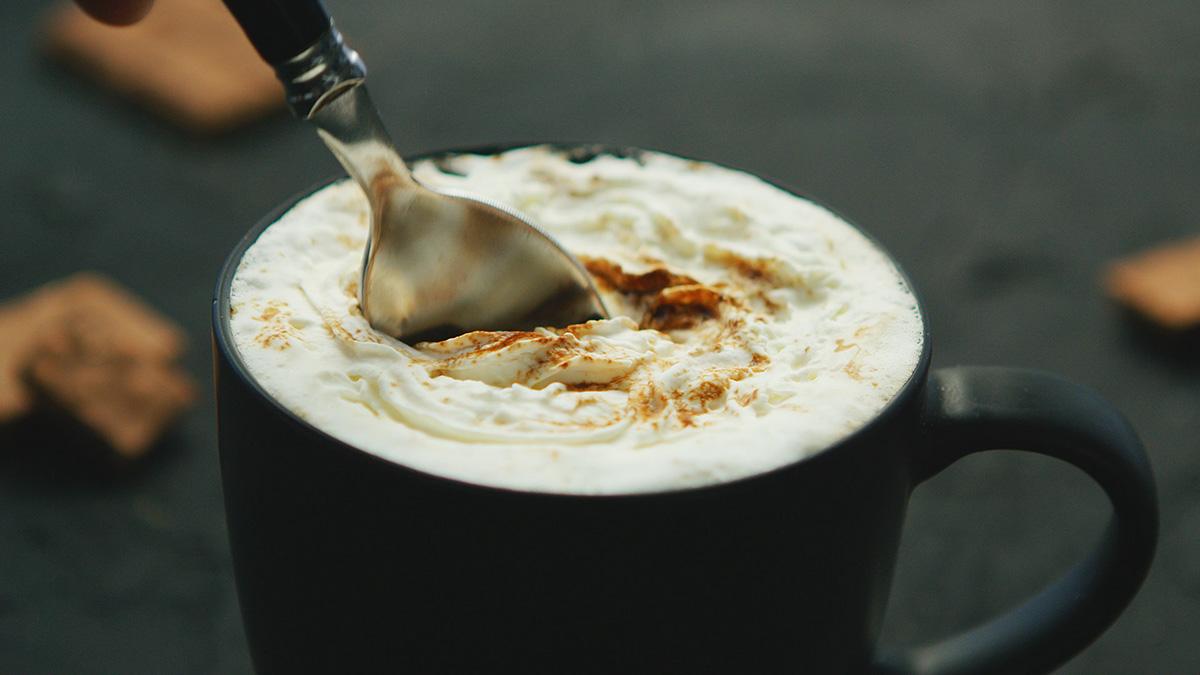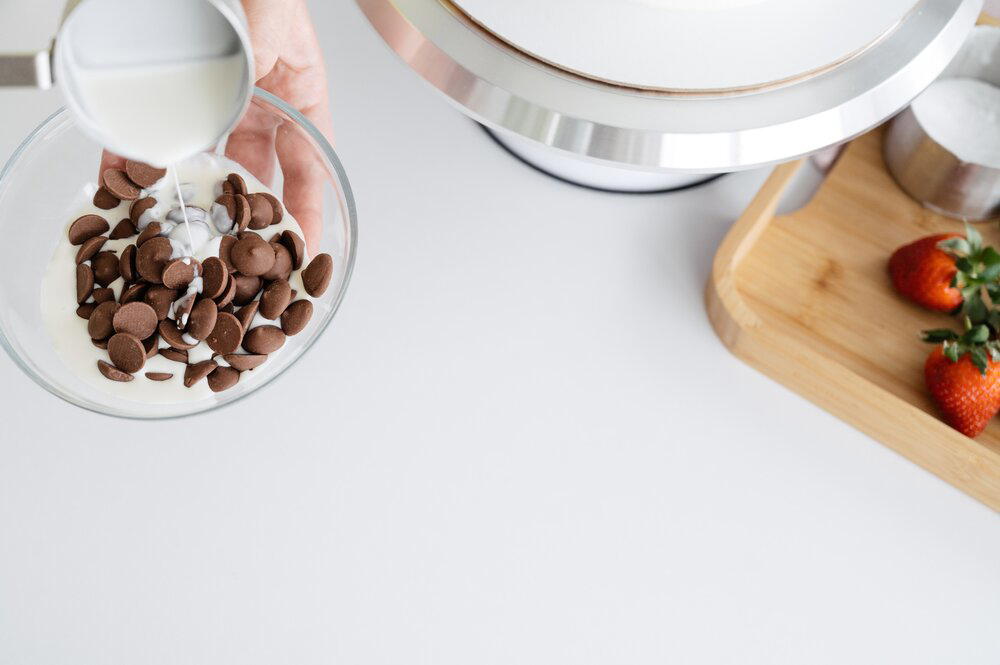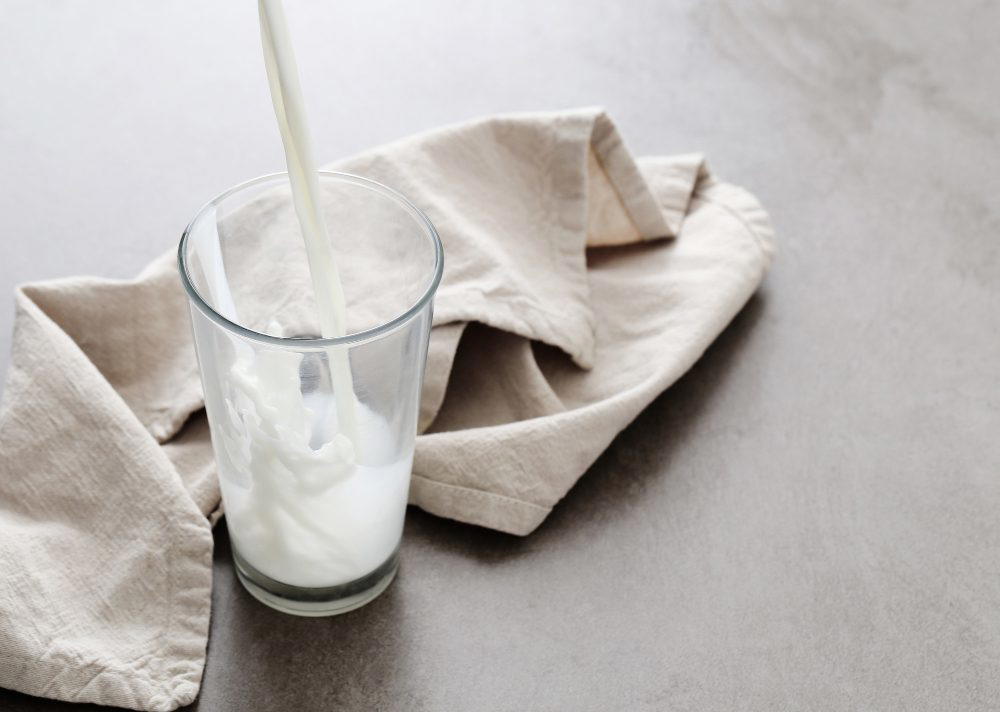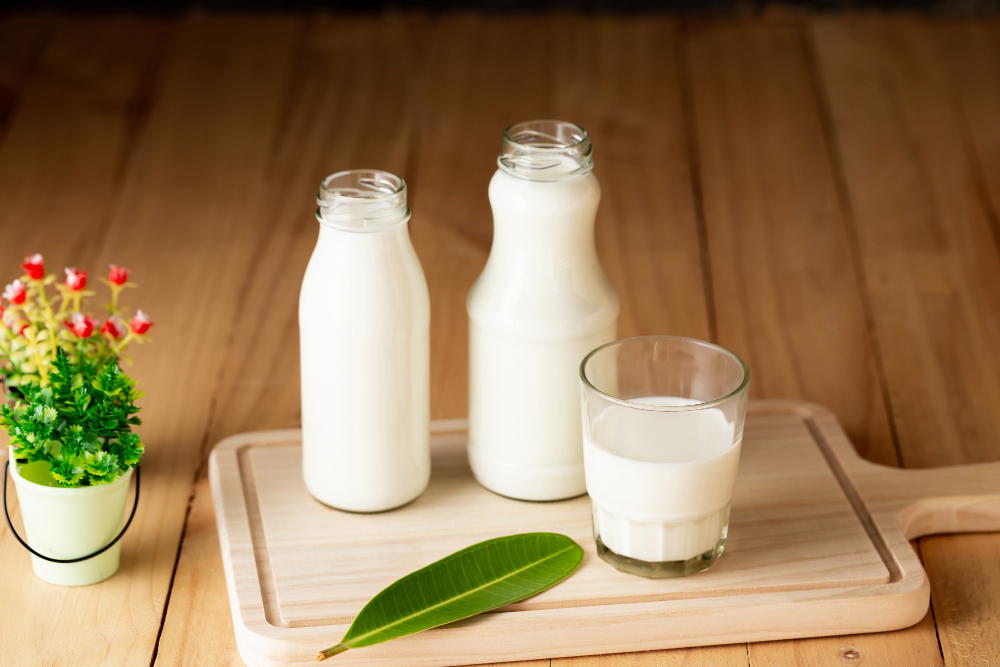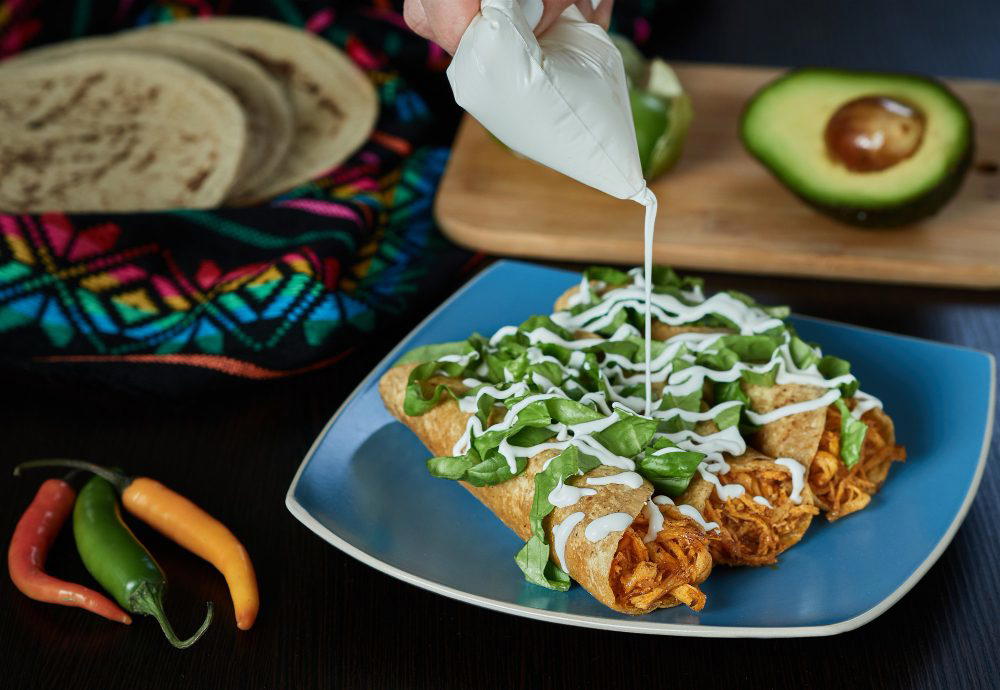Heavy cream in coffee is popular for weight loss, particularly with keto diets, due to its high-fat, low-carb profile. It helps in feeling full longer and avoids sugar-related insulin spikes. However, moderation is crucial as it’s calorie-dense but low in nutrients. Discover how to balance 🚿 flavor 🤩 and health 💪 in your cup! ☕️
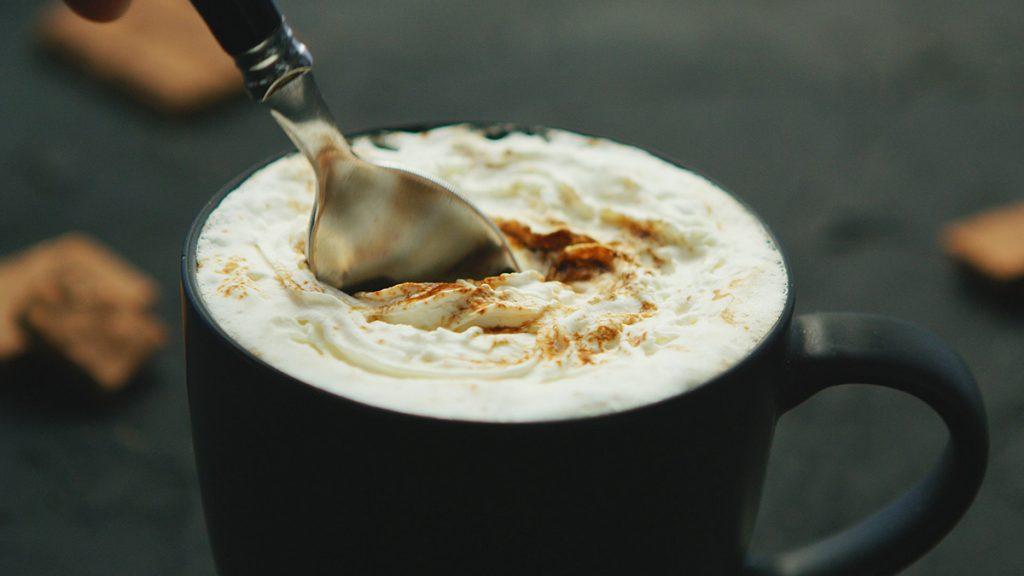
☕️ My Journey With Coffee Creamers as a Barista
For over a decade, I’ve been curating the perfect cup of coffee behind the counters of the Boat Basin Cafe. My interest in health sparked a curiosity about the role of creamers in our coffee ritual. I’ve seen the impact of countless creamer choices, from milk to whipped cream, and everything in between.
Through experiments, I noticed how heavy cream stood out. Customers would remark on how it made their coffee more satisfying, keeping them full until their next meal. This observation turned my curiosity into a deep dive into the health benefits of heavy cream, especially its potential for weight loss.
As I pursued more knowledge, I learned that the amount of creamer affects not just taste but also health. Just as getting the coffee to water ratio right can elevate a brew, the right creamer can uplift your diet. It’s all about balance and understanding impact.
🥛 What is Heavy Cream and Why It’s Unique
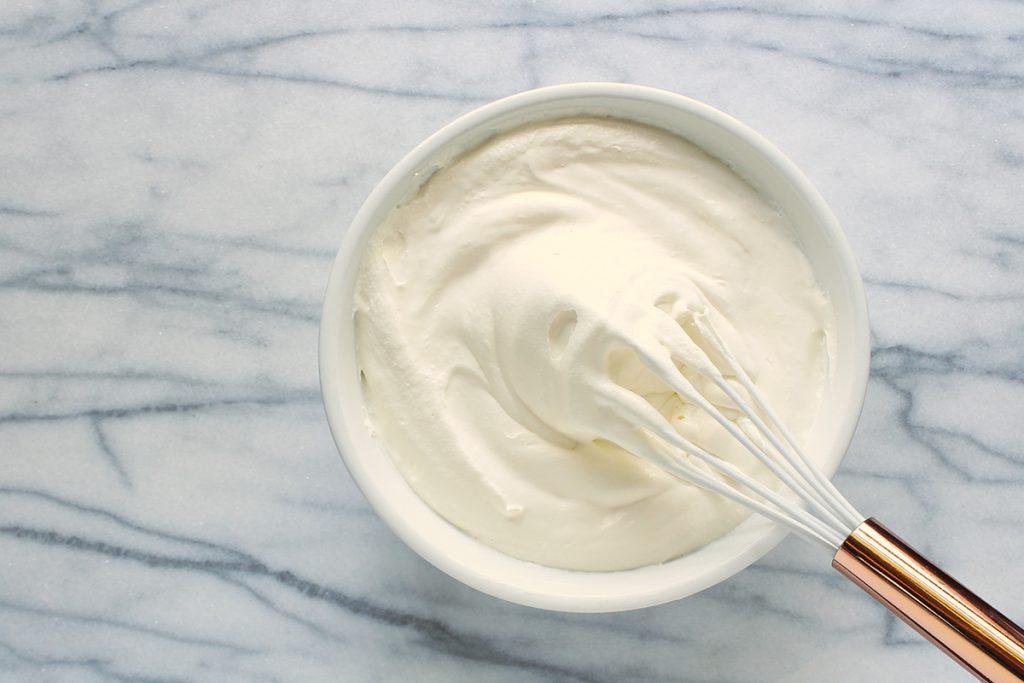
So, what exactly is heavy cream? By definition, it’s cream with a higher fat content, around 36% or more, as classified by the U.S. Food & Drug Administration. This richness is unmatched in regular milk, half-and-half, or most store-bought creamers.
When compared to traditional dairy options, heavy cream provides a significant difference in fat and carb content. It packs a punch with limited carbs, contrasting the often sugar-laden options that spike calories and minimize nutritional benefits.
Diving into the science, heavy cream is rich in fatty acids, which can trigger ketosis—a metabolic state coveted in the ketogenic diet. These acids can stimulate your metabolism, influencing your body’s mechanism for managing weight.
☕️ Tips to Add Heavy Cream to Coffee
Looking to enrich your coffee experience? Begin by choosing high-quality heavy cream; organic and pasture-raised versions provide a better profile of monounsaturated fats. Start with 1-2 tablespoons per cup to see how it transforms your brew.
Ensure you mix it in well to experience the full spectrum of creaminess. Over time, you can adjust the amount based on taste preferences. Remember, moderation is key, as the high-caloric content can add up quickly if not kept in check.
If you’re looking for some inspiration on incorporating heavy cream into your coffee, Dairygood.org has a collection of delicious and slimming recipes with cream that can be tailored to support your weight loss journey.
💪 How Heavy Cream Can Promote Weight Loss

Heavy cream might seem like an unlikely ally in the battle against the bulge, but its unique properties could play a pivotal role in weight loss. Its high fat content, primarily consisting of monounsaturated fats, assists in appetite control, helping you feel fuller for longer and reduce overall calorie intake.
Additionally, the thermogenic effect of digesting heavy cream means your body burns more calories processing it. This process, known as thermogenesis, boosts metabolism and calorie burn without any added physical effort. It’s a small, yet potent, contributor to a weight loss diet.
Using heavy cream can also provide the necessary fuel for energy and workouts. The fats are slowly digested, offering a steady energy source that’s perfect for anyone on a ketogenic diet or looking to avoid the spike-and-crash effect on blood sugar.
📊 Heavy Cream in Your Diet: A Nutritional Comparison
Let’s put heavy cream into perspective nutritionally. Against alternatives like milk, half and half, and non-dairy creamers, the differences can be significant. Heavy cream is low in carbs, high in fat, making it a suitable choice for those monitoring their carb intake for weight management.
Here’s a comparison of the nutritional content of heavy cream versus other common creamers:
| Creamer Type | Fat (g per tbsp) | Carbs (g per tbsp) | Calories |
|---|---|---|---|
| Heavy Cream | 5 | <1 | 52 |
| Half-and-Half | 1.7 | 0.6 | 20 |
| Whole Milk | 0.9 | 0.9 | 9 |
| Non-Dairy Creamer | 1.5 | 1 | 20 |
Detailed information on dietary fats and their benefits can be found on MedlinePlus, and for more insights on managing fats in your diet, the Mayo Clinic provides an excellent resource.
🔬 The Science Behind Heavy Cream and Metabolism
Why does heavy cream have such profound effects on metabolism? It’s largely due to its composition of specific fatty acids that encourage the body to use fats as an energy source. By doing so, it reduces dependence on granulated sugar and carbs.
Fatty acids in heavy cream also prompt the body to enter a state of ketosis when following a ketogenic diet. This state is where the body burns fat for fuel more efficiently, potentially speeding up weight loss efforts.
For a deeper understanding of the contribution of heavy cream to metabolism and its potential benefits in weight management, reference studies such as those from the National Library of Medicine.
FAQs
What Are the Side Effects of Using Heavy Cream in Coffee for Weight Loss?
While heavy cream can aid in weight management within a balanced diet, it’s high in calories and fats. Overconsumption may lead to weight gain and affect cholesterol levels.
Can You Share a Recipe for Weight Loss-Friendly Heavy Cream Coffee?
Yes! Start with a cup of black coffee, add 1-2 tablespoons of heavy cream, a pinch of cinnamon, and if desired, a drop of stevia. Stir well and enjoy.
How Effective Is Drinking Heavy Cream Alone for Weight Loss?
Heavy cream alone won’t lead to weight loss; it should be part of a balanced, reduced-calorie diet, potentially within a ketogenic diet framework.
Is Heavy Cream in Coffee a Good Choice for a Keto Diet?
Yes, heavy cream is low-carb and high-fat, aligning well with keto diet principles. It can add richness to coffee without the carbs.
Can Drinking Heavy Cream Lead to Weight Gain?
Potentially, yes. Due to its high caloric content, heavy cream, if consumed in large amounts, can contribute to an excess calorie intake, leading to weight gain.
What Is the Nutritional Value of 1 Tablespoon of Heavy Cream?
One tablespoon of heavy cream contains about 5 grams of fat, less than 1 gram of carbs, and roughly 52 calories.
Is Whipped Cream Beneficial for Weight Loss?
Whipped cream can be high in sugar and calories. For weight loss, choose unsweetened whipped heavy cream and consume it in moderation.
How Many Calories Are in 1 Tablespoon of Heavy Whipping Cream?
There are approximately 52 calories in 1 tablespoon of heavy whipping cream, making it a calorie-dense option.
To stay informed on how to navigate a weight loss journey with a keto-friendly approach, don’t miss our guide on 30+ Starbucks Keto Drinks. And find more great insight and recipes for incorporating heavy cream into your diet on Dairygood.org.
